Looking glass: head to head with Photo London founders Michael Benson and Fariba Farshad
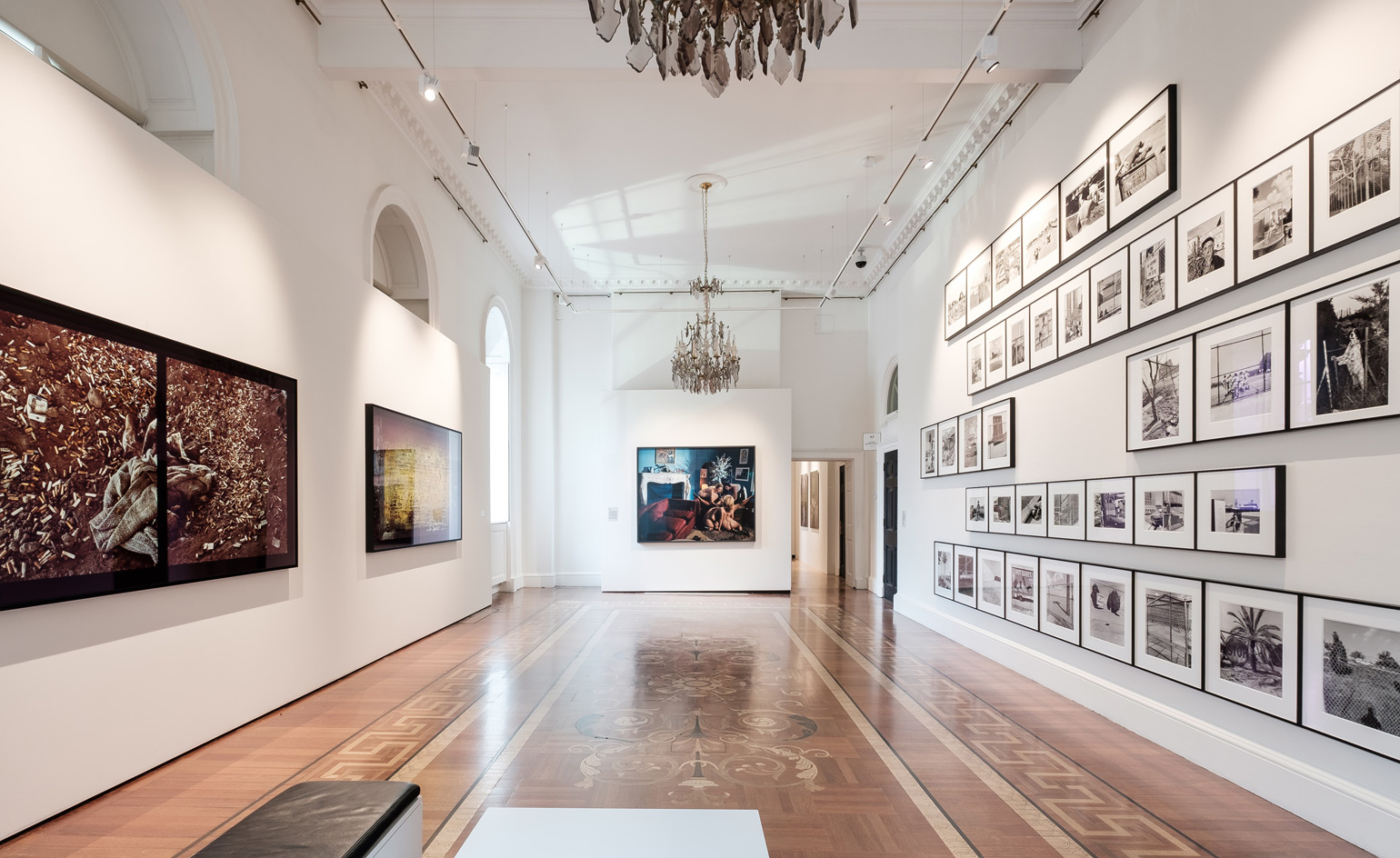
The indefatigable husband and wife team behind Candlestar art and education consultancy, Michael Benson and Fariba Farshad, are particularly busy in the spring. It’s when Photo London, one of their most ambitious projects, launches in the grounds of Somerset House and in participating spaces across the city. But this year, it just so happens that the duo’s other flagship project, the international photography and sustainability award Prix Pictet, fell in the same month. On 4 May, this prestigious prize was awarded to Richard Mosse, whose pioneering ‘Heat Maps’ series can be seen at the V&A until the end of the month.
In the run-up to Photo London, Benson and Farshad took time out of their frankly terrifying schedule to talk to us...
Wallpaper*: Logistically, how do you pull something like Photo London together?
Fariba Farshad: It helps that we have a long, long history in the photography world.
Michael Benson: The planning starts almost as the last photographs leave the site in May. We take a short break – five days maybe – and even then we're thinking about what we might do for next year. It takes a year to plan everything. People tease us when they see us sending out a ‘save the date’ in September for the following May.
W*: Sounds exhausting!
MB: In a way its kind of exhilarating. Hopefully we've had a good fair and the exhibitors have gone away happy. You begin to think: ‘what do we do now?’ At the end of each fair, our emails just fall off a cliff. Suddenly, the caravans have moved on and you’re left with an empty inbox!
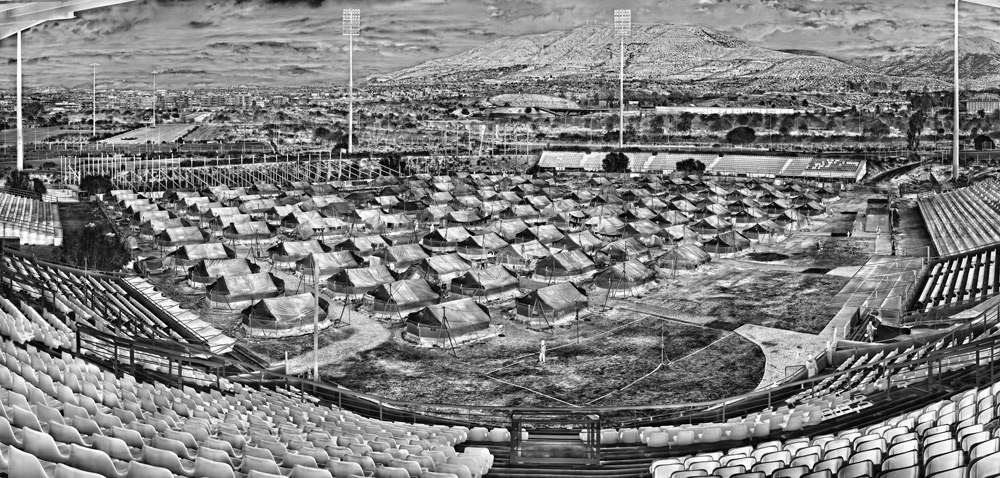
Helliniko Olympic Arena, by Richard Mosse, 2016, from the series ‘Heat Maps’, 2016-17.
W*: During the busy planning stage, how do you manage the needs of the public, the exhibitors, the dealers and the collectors?
MB: It’s quite the balancing act. We’re trying to make London an international hub of photography, so the dealers and the collectors are a strong priority for us. We held a big event at the ICA in New York, which was designed to encourage New Yorkers come to London, and we visited Art Dubai in March. These large scale connections with collectors are important. As for the dealers, it’s more about having one-on-one conversations with them. Also, during the course of the year, we have talks for the public. Our job is to engage and educate the public over a 12-month period rather than just the five-day fair.
W*: How does London react to the fair each year?
FF: When we started Photo London in 2015, local dealers told us there were no collectors in town. They said Paris was the place to go. So we took nothing for granted. We started an education programme that brought a whole new group of people to photography. We had 33 talks last year during the fair, and more than 3,000 people attended. This year, we started thinking, ‘Where are the gaps? Where are the areas we haven’t touched in the last two years?’ So this year we are going to see a different, extended approach.
W*: Do you think having an international photography fair in London is particularly important, during these times of political upheaval?
MB: For starters, London is the international capital of culture, so if we didn’t have an international photography fair, it would be lacking something.
FF: In certain countries at certain times, art has been the only boundary-crossing thing that’s kept us open. It’s precious and important to keep these channels open. Which is one of the reasons we chose this year’s Prix Pictet theme: ‘Space’.
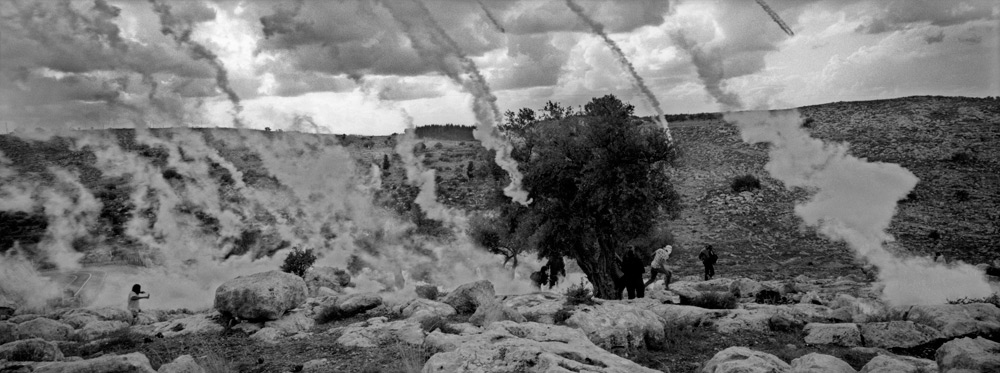
Protestor running from tear gas during riots in the Palestinian village of Nilin in the West Bank, by Pavel Wolberg, 2010, from the series ‘Barricades’, 2009–14.
W*: It does seem like a prevalent theme. How did you come up with it?
MB: It was a group effort, including out partners. Each year, we make a list of suggestions and ask ourselves, ‘Does that work? Does that have the breadth?’ The theme can’t be narrow, or it precludes potential submissions, but it shouldn’t be too broad to encompass anything. Saying that, ‘Space’ is a pretty broad theme – it allows for all kinds of different interpretations.
W*: The entries were incredibly diverse. Did you have any personal favourites?
FF: Honestly, they were all great. We had over 600 submissions this year, and had to whittle this in half before sending to the judges to make the final shortlist of 12.
W*: That in itself is a huge amont of work. How was it balancing both Prix Pictet and Photo London falling in the same month?
MB: It’s just been great fun. Excitement drives us. Plus we have a phenomenal team – they are key to our success.
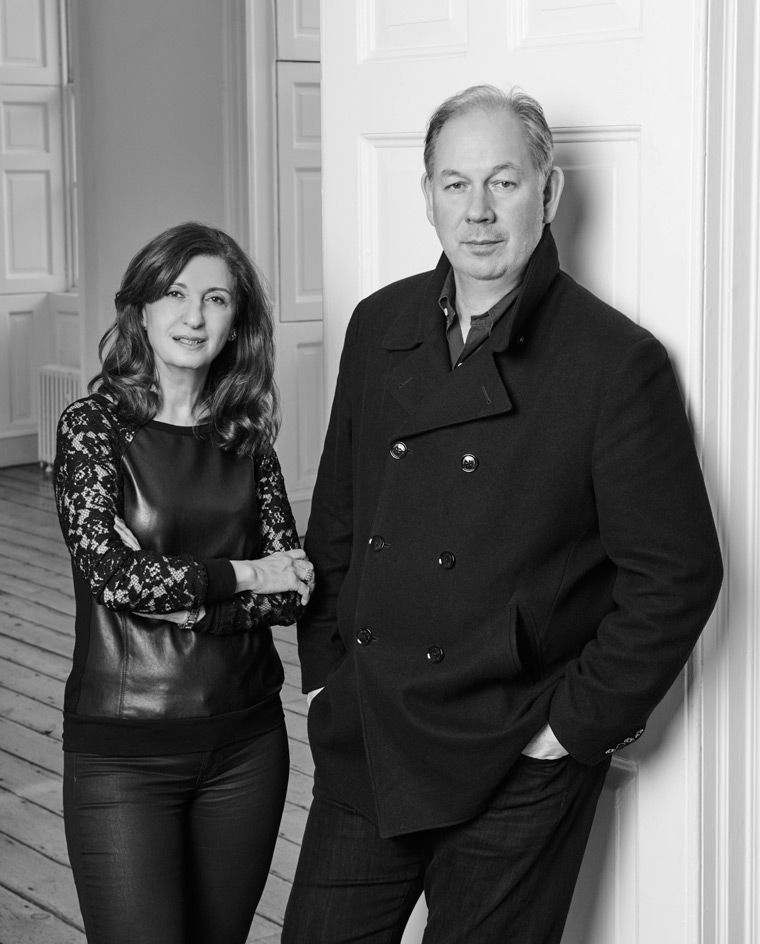
Photo London founders Fariba Farshad and Michael Benson
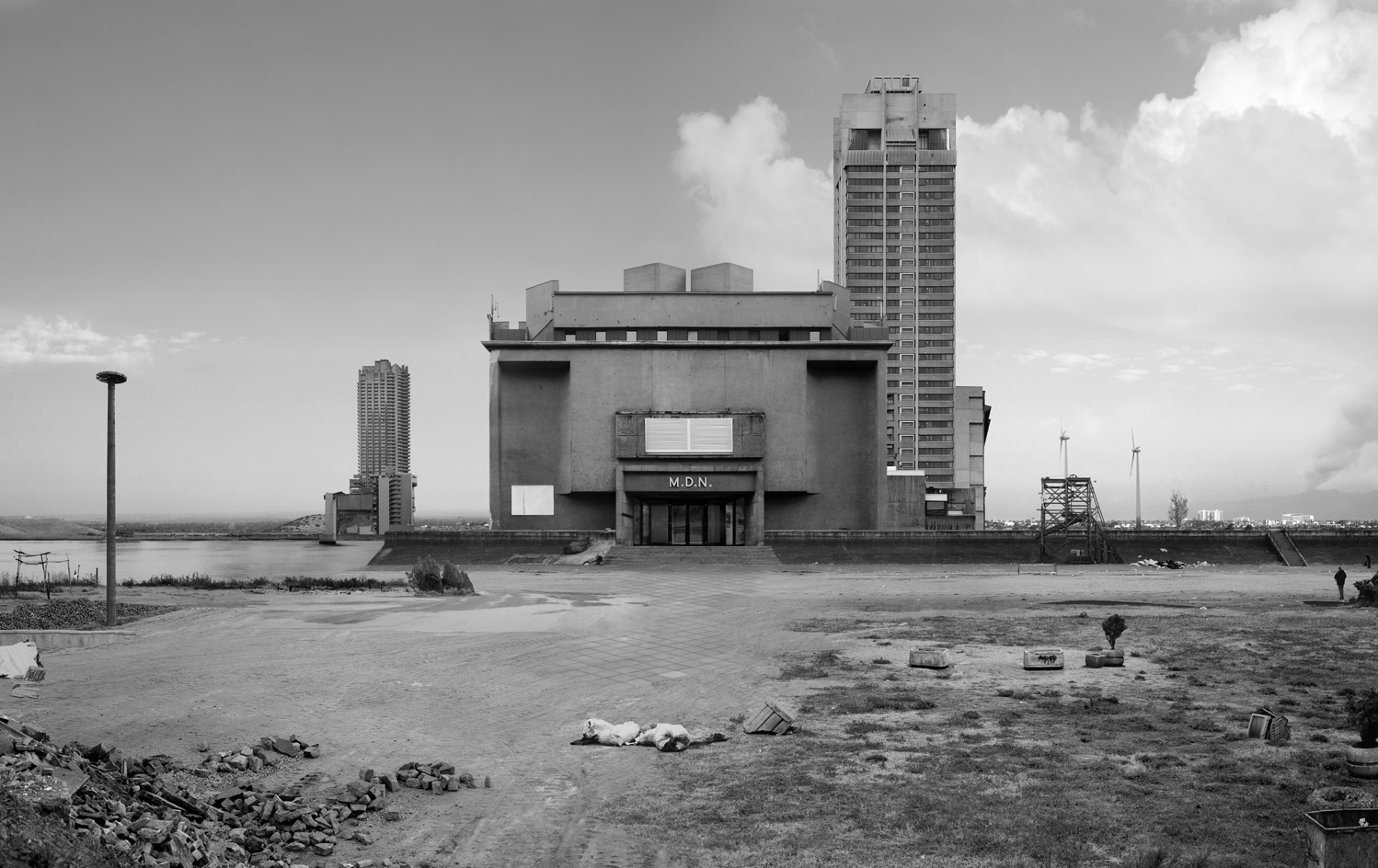
S#30, by Beate Gütschow, 2008, from S Series, 2004–09.
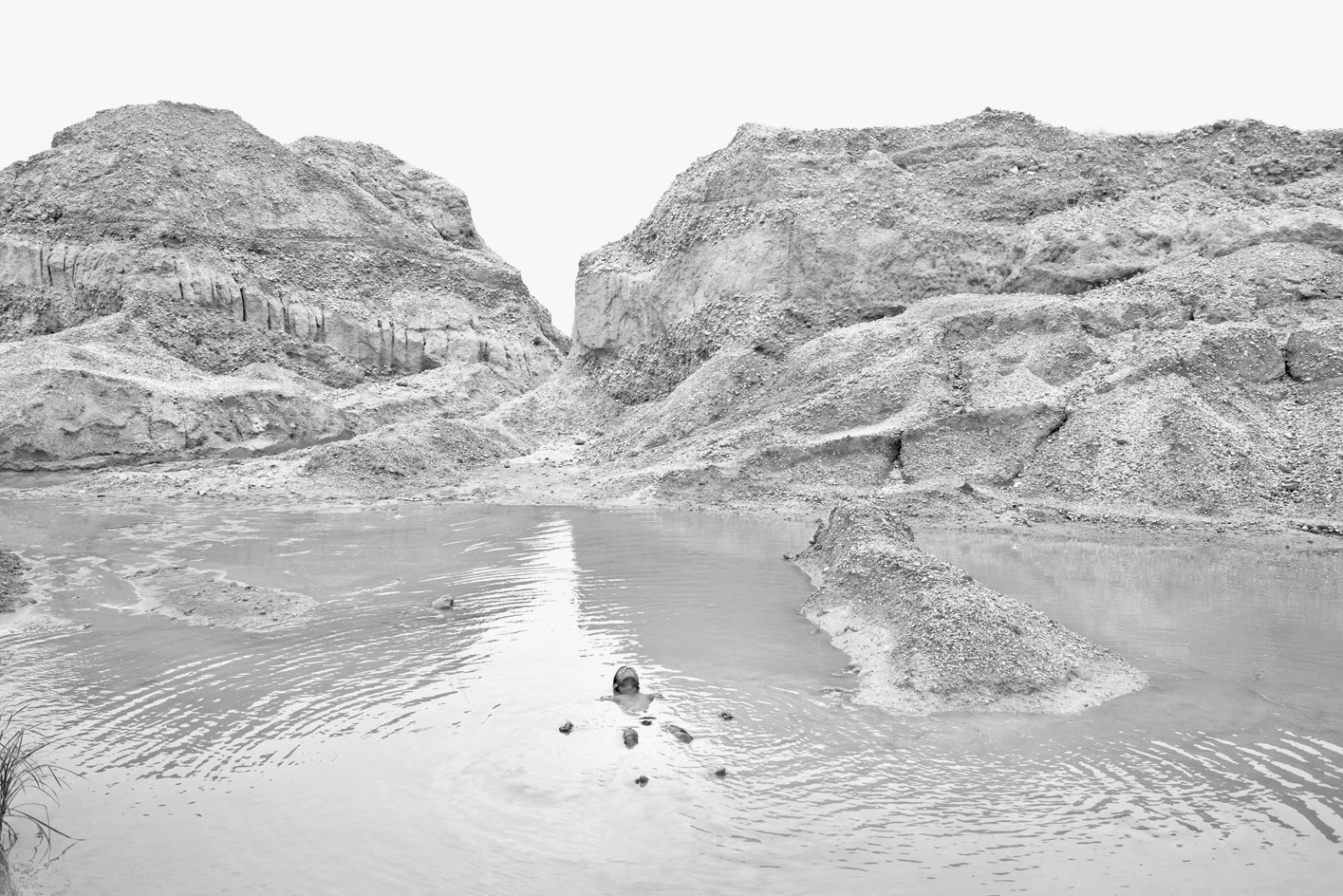
From the series Land of Undefined Territory, by Wasif Munem, 2014-2015.
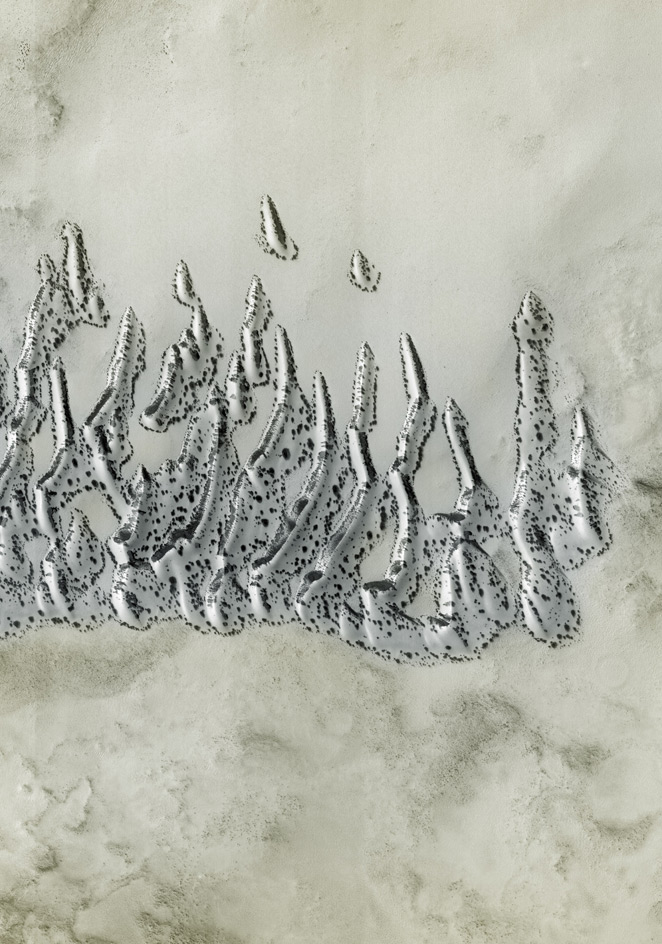
ma.r.s.14, by Thomas Ruff, 2011, from the series ma.r.s, 2010–13.
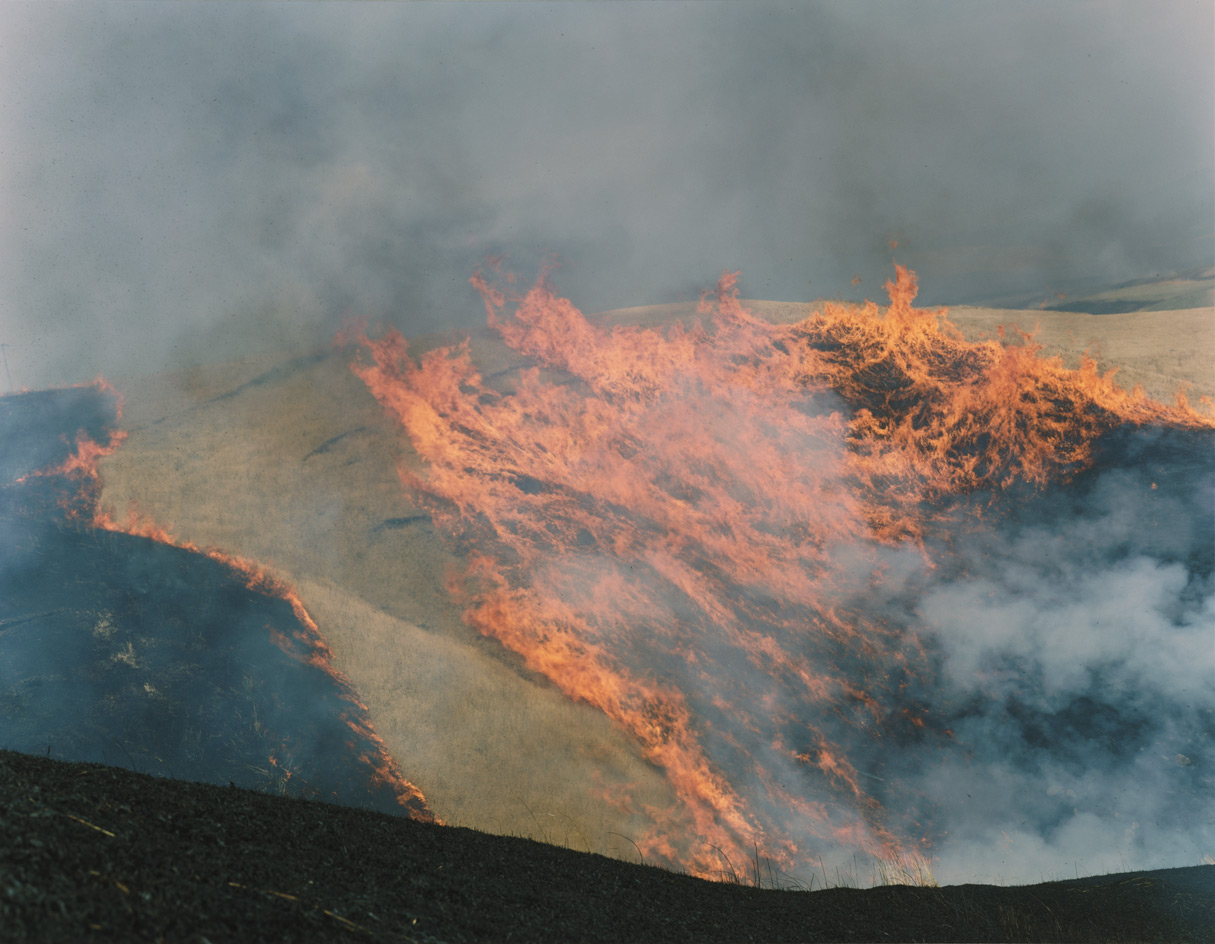
Untitled, by Rinko Kawauchi, from the series Ametsuchi, 2012.
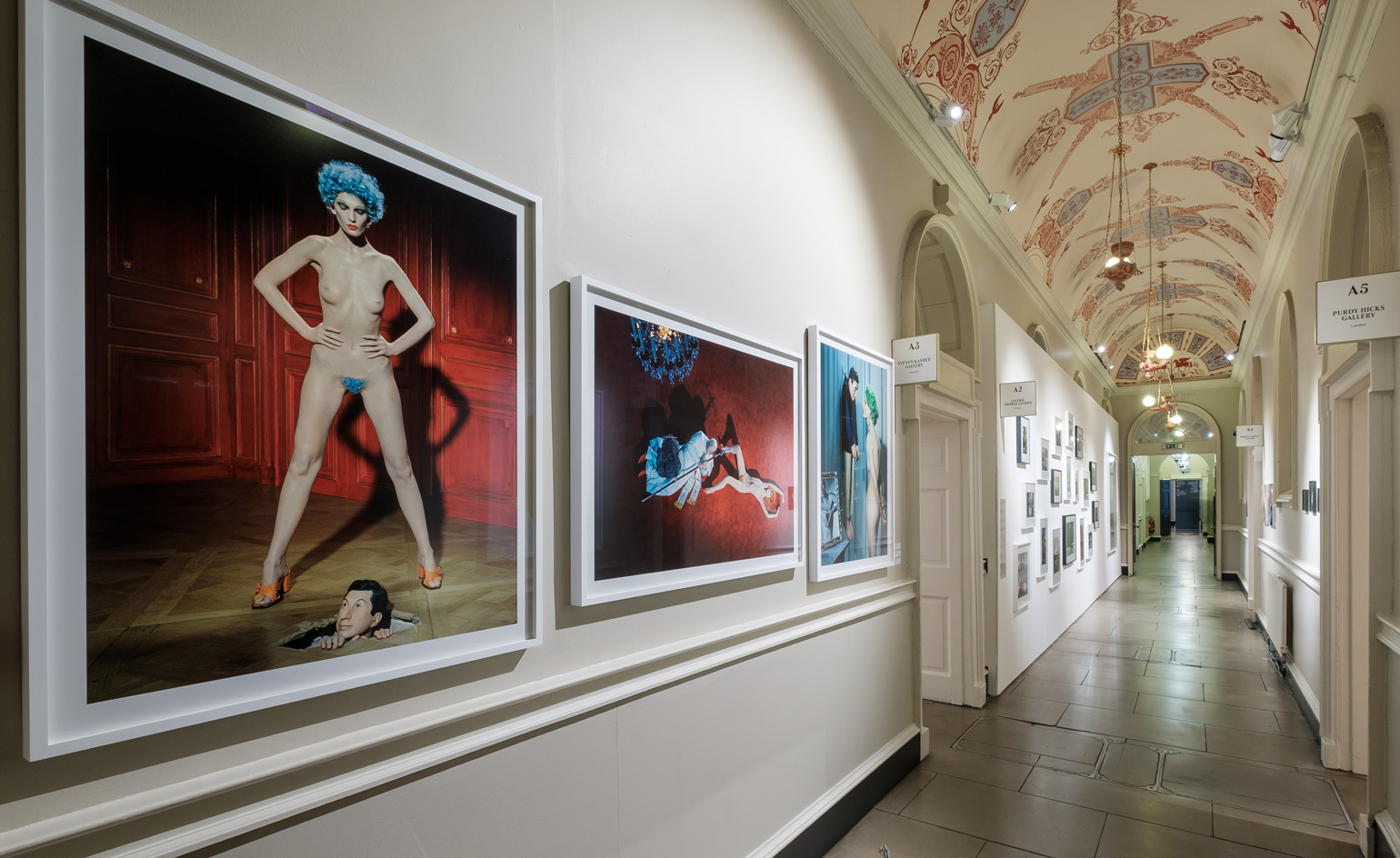
Installation view of Steven Kasher at Photo London.
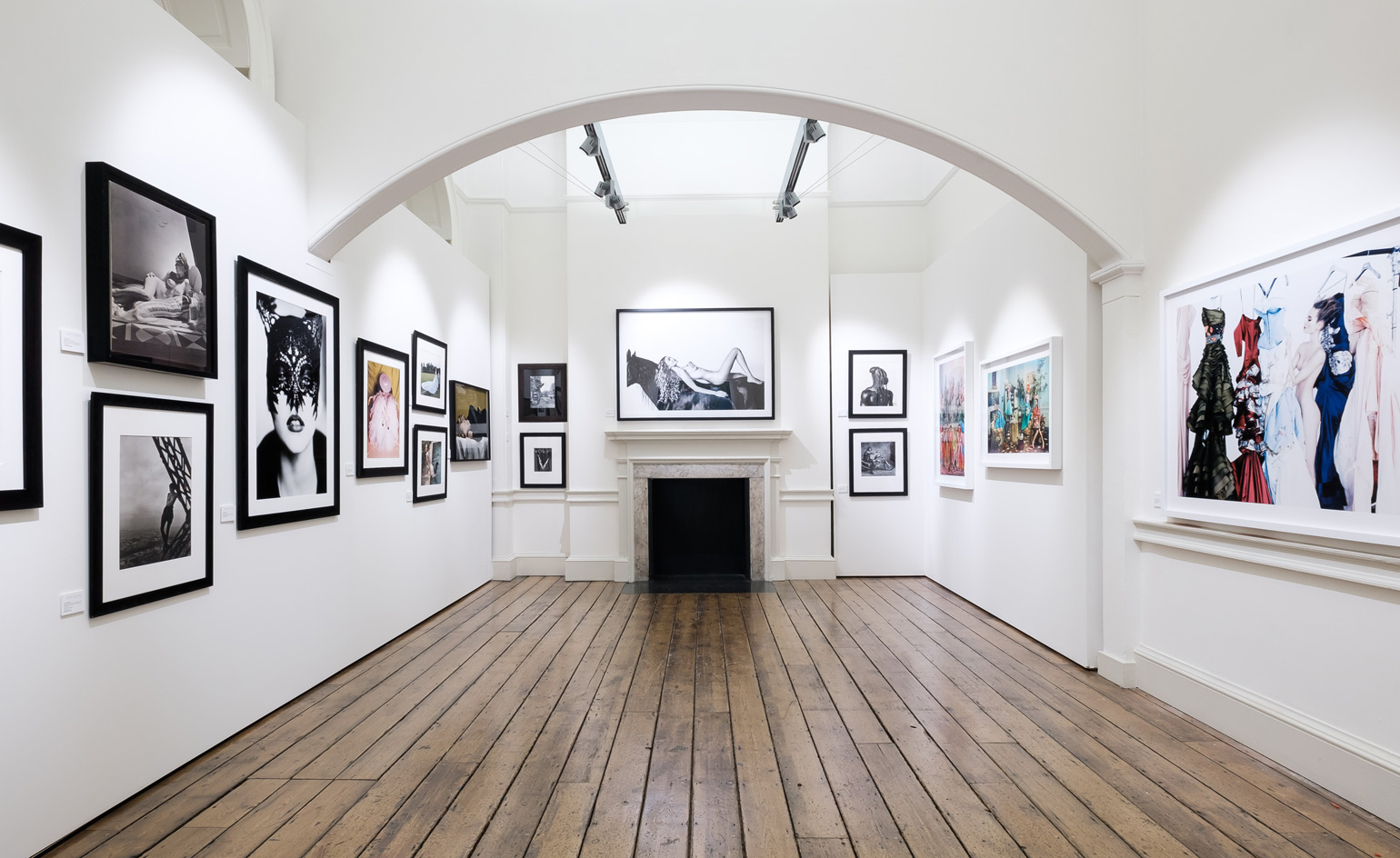
Installation view of Fahey Klein at Photo London.
INFORMATION
Photo London runs from 18-21 May. For more information, visist the Photo London website, and the Prix Pictet website
ADDRESS
Somerset House
Strand
London WC2R 1LA
Wallpaper* Newsletter
Receive our daily digest of inspiration, escapism and design stories from around the world direct to your inbox.
Elly Parsons is the Digital Editor of Wallpaper*, where she oversees Wallpaper.com and its social platforms. She has been with the brand since 2015 in various roles, spending time as digital writer – specialising in art, technology and contemporary culture – and as deputy digital editor. She was shortlisted for a PPA Award in 2017, has written extensively for many publications, and has contributed to three books. She is a guest lecturer in digital journalism at Goldsmiths University, London, where she also holds a masters degree in creative writing. Now, her main areas of expertise include content strategy, audience engagement, and social media.
-
 All-In is the Paris-based label making full-force fashion for main character dressing
All-In is the Paris-based label making full-force fashion for main character dressingPart of our monthly Uprising series, Wallpaper* meets Benjamin Barron and Bror August Vestbø of All-In, the LVMH Prize-nominated label which bases its collections on a riotous cast of characters – real and imagined
By Orla Brennan
-
 Maserati joins forces with Giorgetti for a turbo-charged relationship
Maserati joins forces with Giorgetti for a turbo-charged relationshipAnnouncing their marriage during Milan Design Week, the brands unveiled a collection, a car and a long term commitment
By Hugo Macdonald
-
 Through an innovative new training program, Poltrona Frau aims to safeguard Italian craft
Through an innovative new training program, Poltrona Frau aims to safeguard Italian craftThe heritage furniture manufacturer is training a new generation of leather artisans
By Cristina Kiran Piotti
-
 ‘Humour is foundational’: artist Ella Kruglyanskaya on painting as a ‘highly questionable’ pursuit
‘Humour is foundational’: artist Ella Kruglyanskaya on painting as a ‘highly questionable’ pursuitElla Kruglyanskaya’s exhibition, ‘Shadows’ at Thomas Dane Gallery, is the first in a series of three this year, with openings in Basel and New York to follow
By Hannah Silver
-
 The art of the textile label: how British mill-made cloth sold itself to Indian buyers
The art of the textile label: how British mill-made cloth sold itself to Indian buyersAn exhibition of Indo-British textile labels at the Museum of Art & Photography (MAP) in Bengaluru is a journey through colonial desire and the design of mass persuasion
By Aastha D
-
 Artist Qualeasha Wood explores the digital glitch to weave stories of the Black female experience
Artist Qualeasha Wood explores the digital glitch to weave stories of the Black female experienceIn ‘Malware’, her new London exhibition at Pippy Houldsworth Gallery, the American artist’s tapestries, tuftings and videos delve into the world of internet malfunction
By Hannah Silver
-
 Ed Atkins confronts death at Tate Britain
Ed Atkins confronts death at Tate BritainIn his new London exhibition, the artist prods at the limits of existence through digital and physical works, including a film starring Toby Jones
By Emily Steer
-
 Tom Wesselmann’s 'Up Close' and the anatomy of desire
Tom Wesselmann’s 'Up Close' and the anatomy of desireIn a new exhibition currently on show at Almine Rech in London, Tom Wesselmann challenges the limits of figurative painting
By Sam Moore
-
 A major Frida Kahlo exhibition is coming to the Tate Modern next year
A major Frida Kahlo exhibition is coming to the Tate Modern next yearTate’s 2026 programme includes 'Frida: The Making of an Icon', which will trace the professional and personal life of countercultural figurehead Frida Kahlo
By Anna Solomon
-
 A portrait of the artist: Sotheby’s puts Grayson Perry in the spotlight
A portrait of the artist: Sotheby’s puts Grayson Perry in the spotlightFor more than a decade, photographer Richard Ansett has made Grayson Perry his muse. Now Sotheby’s is staging a selling exhibition of their work
By Hannah Silver
-
 From counter-culture to Northern Soul, these photos chart an intimate history of working-class Britain
From counter-culture to Northern Soul, these photos chart an intimate history of working-class Britain‘After the End of History: British Working Class Photography 1989 – 2024’ is at Edinburgh gallery Stills
By Tianna Williams